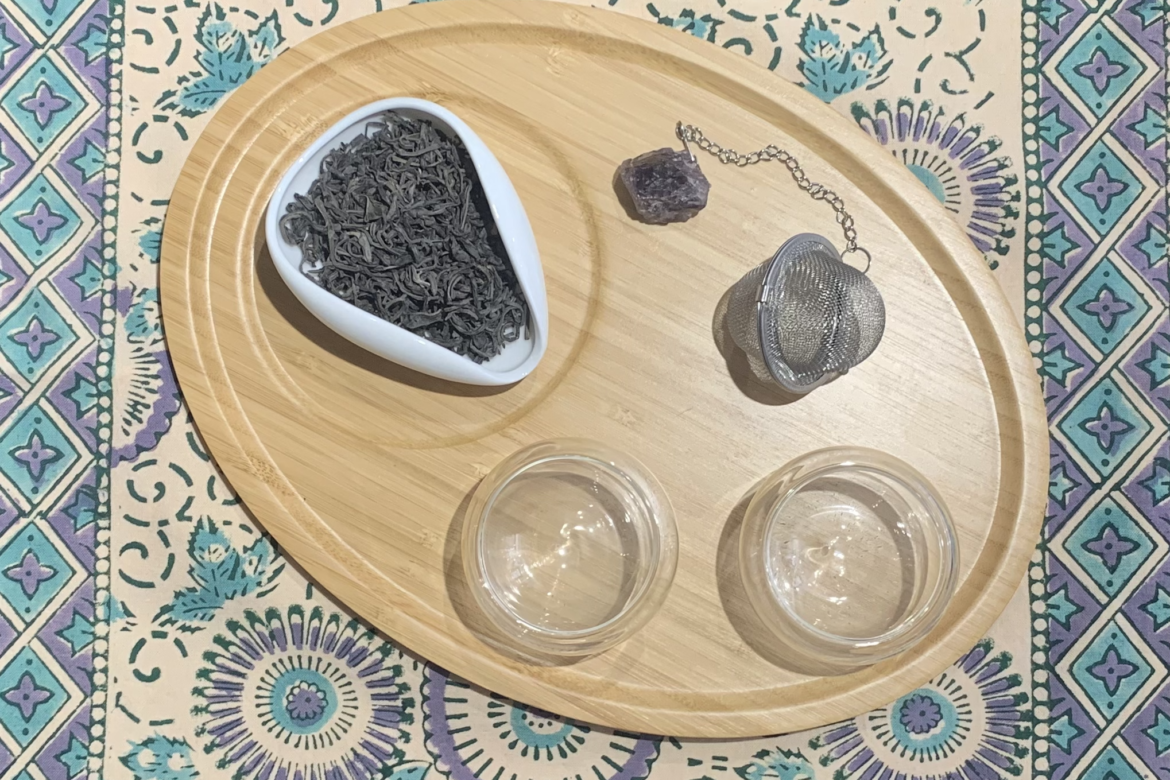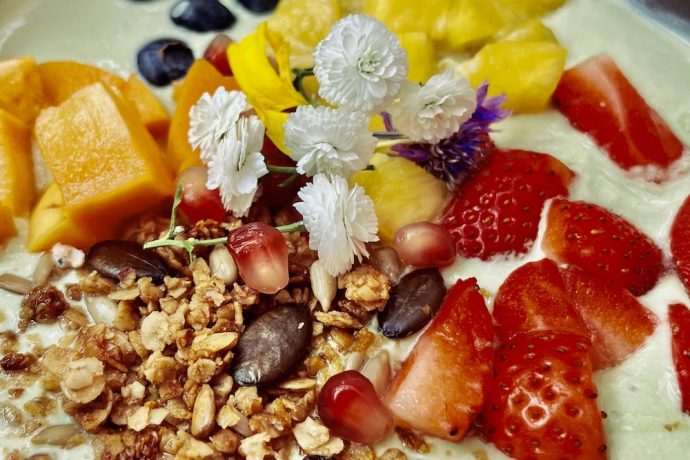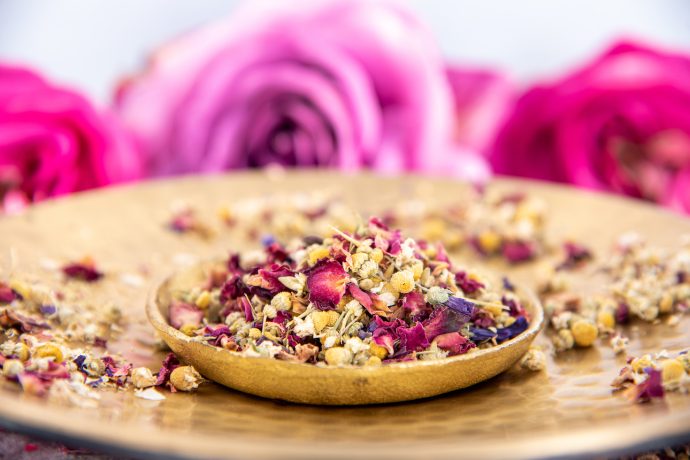Tea is Key in Kenya
With the beat of the Festival of Light’s dhol drums still ringing in my ears, I started packaging for my next big adventure. Between Diwali celebrations and the intensity of Christmas markets, I’m squeezing in a trip to Kenya. The prime motivation is joining a friend for her birthday, but I want to take this opportunity to tell you a little more about this marvellous country.
What Do You Know of Kenya?
A friend’s birthday is a fantastic reason to make a trip, but how else does Kenya attract tourists? Is it the year-round warm temperatures; that is something I am looking forward to! I’m sure that appeals to others too, but the most popular reason is the rich abundance of wildlife. This African country has over 40 national parks, which are home to beautiful and iconic species.
I’m sure that you’ve heard of the Maasai Mara. It’s a destination where you could encounter Lions, leopards, elephants, rhinos and cape buffalo. I’m hoping to see one of the Big 5! Another great attraction is the vast lakes and coastal waters. Lake Bogoria and Lake Nakuru are home to flocks of flamingos, along with many other birds and beasts. Kenya also has around 500 miles of stunning beaches, leading out into thriving waters and coral reefs.
Heading Into the Mountains
Have you dreamed of climbing Mount Kenya, Elgon or Kipipiri? Ascending these geological giants promises magnificent views, which makes it a must for many visitors. I’m not desperate to scale the heights, however, the mountainous regions do hold an appeal to me. That is because the high altitudes, mineral-rich soils and stable weather conditions provide an ideal environment for growing tea.
Did you know that Kenya is a major producer of black tea?
Two of Kenya’s major export markets are coffee and tea. They are only second to Columbia as a supplier of coffee and equal to Sri Lanka in tea production. Over 550 small tea growers contribute to an industry that supports around 5 million people. I’m not sure how many people are aware that Kenya produces around 450 million kgs of tea a year. What’s more, the tea is known for its distinctive, full-bodied taste and quality.
Before I studied tea, I connected Africa with Rooibos. This decaffeinated beverage is dried similarly to tea, however, the leaves are picked from Red Bush, rather than Camellia sinensis. Rooibos is popular in South Africa, however, black tea is preferred in many other regions. To keep everyone stocked up, tea isn’t only grown in Kenya. You can find plantations in other African countries including Tanzania, Uganda and Zambia.
Tea History in Kenya
It is said that the first tea saplings were planted in Kenya in the early twentieth century. Initially, this was simply ornamental planting by Europeans. Under colonialism, the first commercial tea plantations were established in the 1920s. However, it wasn’t until the 1950s that African growers had the rights to land needed to produce tea. I’ve learnt that the Mabroukie Tea Estate includes some of the earliest tea trees.
Although early plantations were a bit of an experiment, the nutrients in the red volcanic soils around the Rift Valley province proved ideal. What’s more, the equatorial location provides a stable climate in which tea can grow and be harvested throughout the year. Kenya is also known for good social and environmental governance, so growers are paid fairly and no pesticides are ever used on crops. These are key to Kenya’s tea market and a priority for me as a buyer and blender of bespoke teas.
Have you Heard of Kenya’s Purple Tea?
A rare variety of Camellia sinensis grows in Kenya, which contains high levels of Anthocyanin. This anti-oxidant gives the leaves an unusual pigmentation. Once rolled and dried it creates a purple tone when infused in hot water. It delivers an herbaceous flavour and is good for the body. I’d say that purple tea is one of the hidden delights of Kenya!
My Workers Wake Up blend also contains Kenyan tea. In this case, it is the deep flavours of black tea, combined with Sri Lankan and Indian black tea. If you enjoy a stronger brew, with rich malty flavours, this will help you get through the day!
Returning to the UK
On my return to the UK, I’ll be heading straight to Waddesdon Manor. Holy Cow Tea will be there every Wednesday to Sunday afternoon for the Christmas Market. So, come and taste a selection of my teas and tisanes, which might include Kenyan Purple Tea on some days!
I hear the aviary at Waddesdon has a few Brown Breasted Barbets in its collection. These red-headed birds are native to woodlands in Kenya and surrounding countries. If I don’t spot one out there, I might see if I can catch a glance when I’m up at the Manor!










